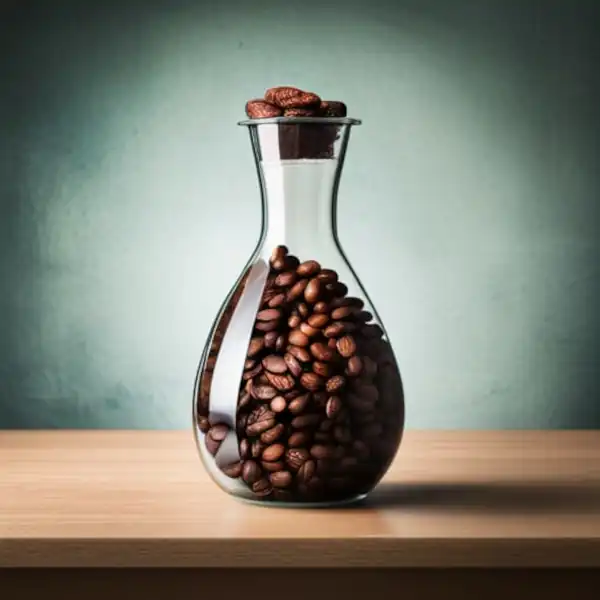Ah, the joy of coffee. The delicious aroma, the rich flavour, the satisfying jolt of caffeine. But what about those of us who want to enjoy the taste of coffee without the jitters? That’s where decaf comes in. But how are coffee beans decaffeinated?
Let’s take a look at the process:
There are several methods for decaffeinating coffee beans, but most involve soaking the beans in a solvent that removes the caffeine. The two most common solvents are water and a chemical solvent called methylene chloride.
Water method
In the water method, the green coffee beans are first steamed to open the pores in the bean. The beans are then soaked in hot water, which dissolves the caffeine. The water is drained, and the beans are steamed again to remove any remaining caffeine.
Methylene chloride method
The methylene chloride method involves soaking the green coffee beans in water and methylene chloride. The solvent binds with the caffeine molecules in the beans, and the solution is drained. The beans are then steamed to remove any remaining solvent.
Carbon dioxide
There is also a newer method of decaffeination that uses carbon dioxide as the solvent. In this method, the beans are soaked in carbon dioxide at a high pressure, which causes the caffeine to be released from the beans. The carbon dioxide is filtered to remove the caffeine, and the beans are returned to their original state.
Dried and Roasted
After decaffeination, the beans are dried and roasted like regular coffee beans. The roasting process can affect the flavour of the coffee, so it’s important to use a high-quality decaf coffee bean to ensure the best taste.
Caffeine
It’s worth noting that decaf coffee still contains a small amount of caffeine – usually around 2-5 milligrams per cup. So if you’re extremely sensitive to caffeine, you may still want to avoid decaf coffee altogether.
Conclusion
So, there you have it – the process of decaffeinating coffee beans. Whether you prefer regular or decaf coffee, choosing high-quality beans and enjoying your coffee in moderation is important. And if your friends are ever curious about the decaffeination process, you can impress them with your newfound knowledge.
Where can you find whole-bean, roasted and decaffeinated coffee?
Amazon has the much loved Rounton Coffee Roasters whole beans. Available in 1Kg, 2Kg and 6Kg bags, they employ the Chemical Free Sparkling Water method of caffeine removal in a strong espresso roast.


Leave a Reply